Exploring the Magnificence of the Sun Temple in Gujarat
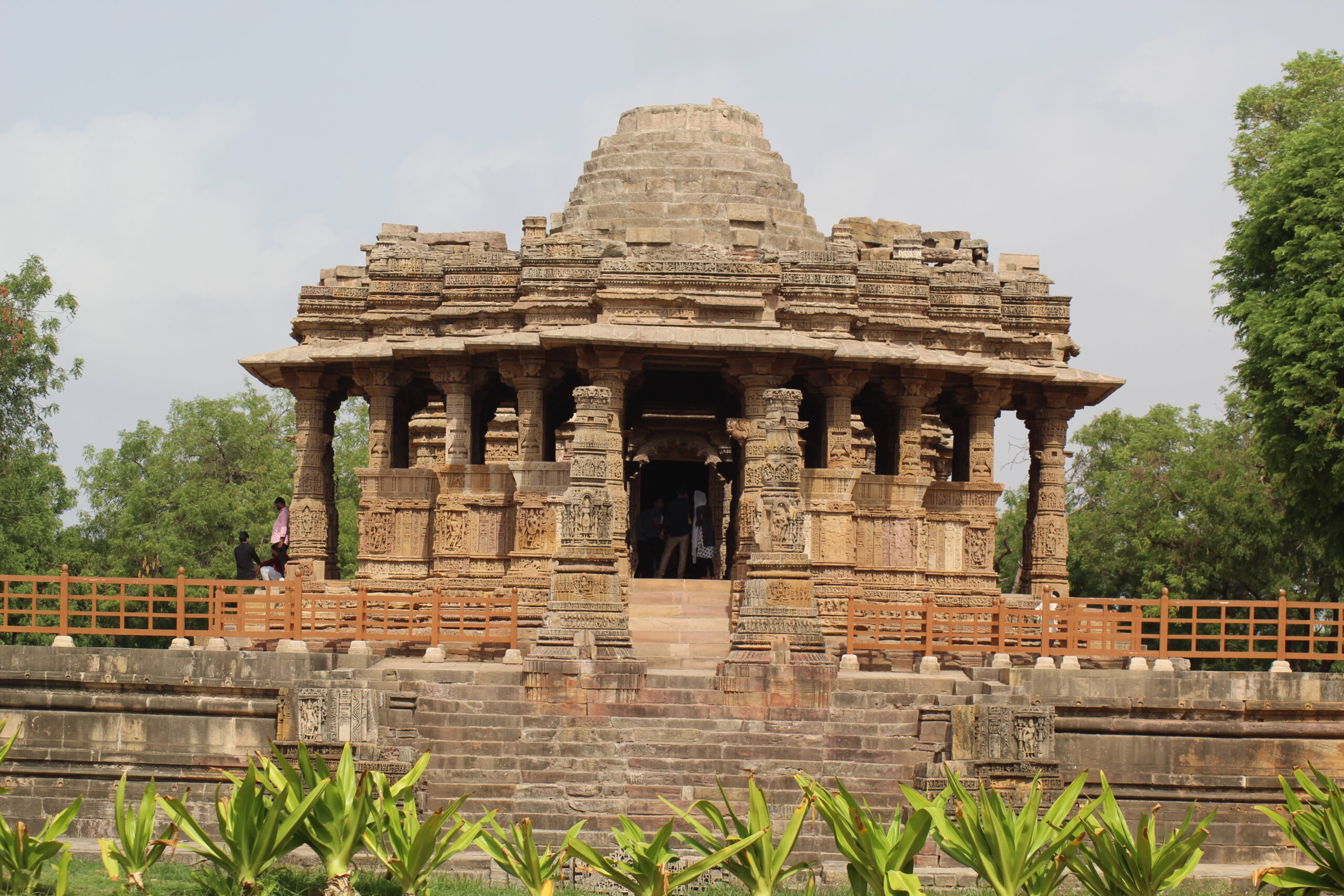
|
Getting your Trinity Audio player ready...
|
Gujarat, a state in western India, is renowned for its rich cultural heritage and architectural marvels. Among the many architectural gems that adorn the state, the Sun Temple in Modhera stands tall as a testament to the grandeur of ancient Indian craftsmanship. Built in the 11th century during the reign of the Solanki dynasty, the Sun Temple is dedicated to Surya, the Hindu Sun God. With its intricate carvings, stunning sculptures, and breathtaking celestial alignments, the Sun Temple Gujarat is an awe-inspiring monument that continues to captivate visitors from around the world.
Historical Significance of Sun Temple:
The Sun Temple in Modhera holds great historical significance as it symbolizes the flourishing cultural and artistic legacy of the Solanki dynasty. Built in 1026 CE by King Bhimdev I, it was designed as a celestial abode for the Sun God, a place of worship and rituals. The temple once served as a venue for various religious and cultural activities, including the renowned Modhera Dance Festival, which showcases classical dance forms against the backdrop of the temple’s splendid architecture.
Architectural Brilliance:
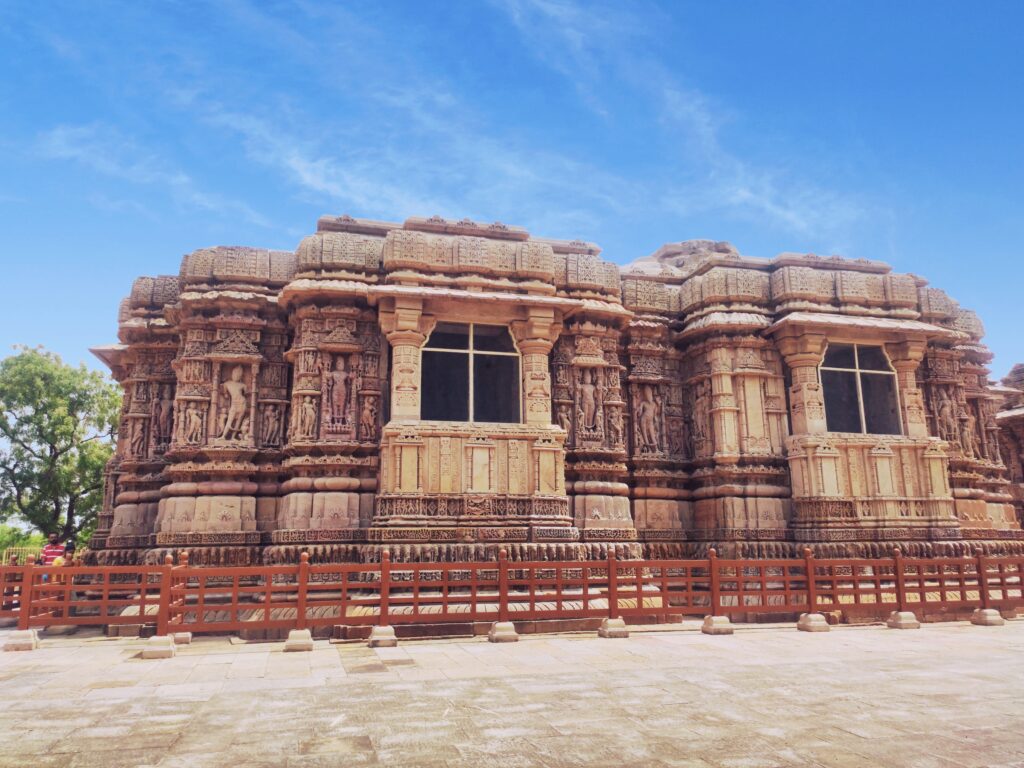
The architectural brilliance of the Sun Temple in Gujarat is truly remarkable. The temple is constructed in a way that it faces east, ensuring that the first rays of the rising sun illuminate the temple’s sanctum during the equinoxes. The temple complex comprises three main components: the Surya Kund (a colossal stepped tank), the Sabha Mandap (assembly hall), and the Guda Mandap (the sanctum).
The Sabha Mandap, or the assembly hall, is an intricately carved structure featuring 52 pillars that represent the 52 weeks in a year. Each pillar is adorned with exquisite sculptures depicting scenes from ancient Hindu epics such as the Ramayana and the Mahabharata. The Guda Mandap, the sanctum sanctorum, showcases a beautifully carved image of the Sun God Surya standing atop his chariot.
Exquisite Sculptures and Artwork:
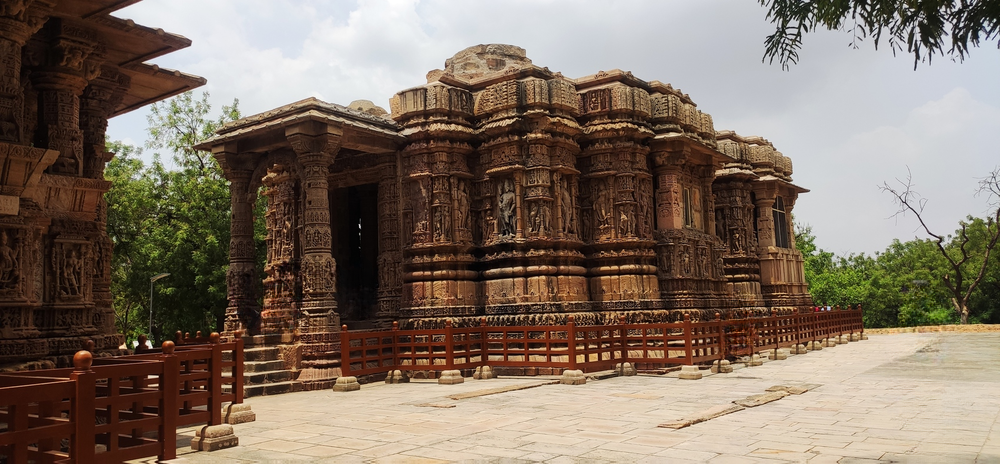
The Sun Temple is renowned for its intricate sculptures and artwork, which exemplify the artistic prowess of the craftsmen of that era. The temple walls are adorned with carvings that depict various gods, goddesses, celestial beings, and scenes from Hindu mythology. The ornate carvings, done with meticulous attention to detail, are a testament to the mastery of the artisans who brought the temple to life.
One of the most captivating features of the Sun Temple is the erotic sculptures that adorn its walls. These intricate carvings, known as “Maithuna” sculptures, depict sensuality, fertility, and the celebration of life. These sculptures, although considered controversial by some, are an integral part of Indian temple architecture and showcase the cultural openness and acceptance prevalent during that period.
Preservation Efforts and UNESCO World Heritage Status:
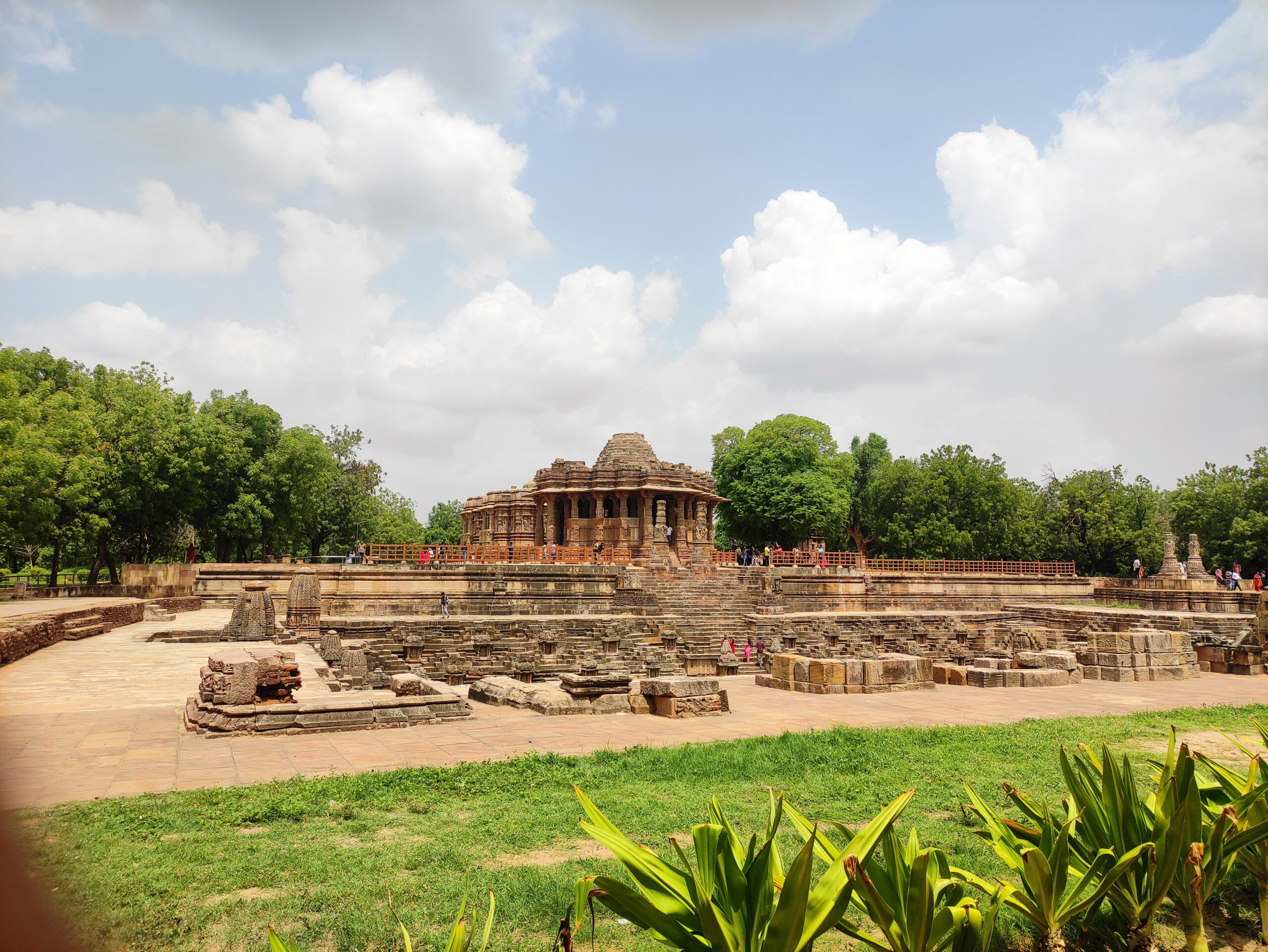
Over the years, the Sun Temple has undergone various phases of restoration and preservation to maintain its architectural grandeur. The Archaeological Survey of India (ASI) has played a crucial role in protecting and conserving this cultural marvel. In recognition of its exceptional universal value, the Sun Temple in Modhera was designated as a UNESCO World Heritage Site in 2014, further highlighting its significance on a global scale.
Visitor Experience and Modhera Dance Festival:
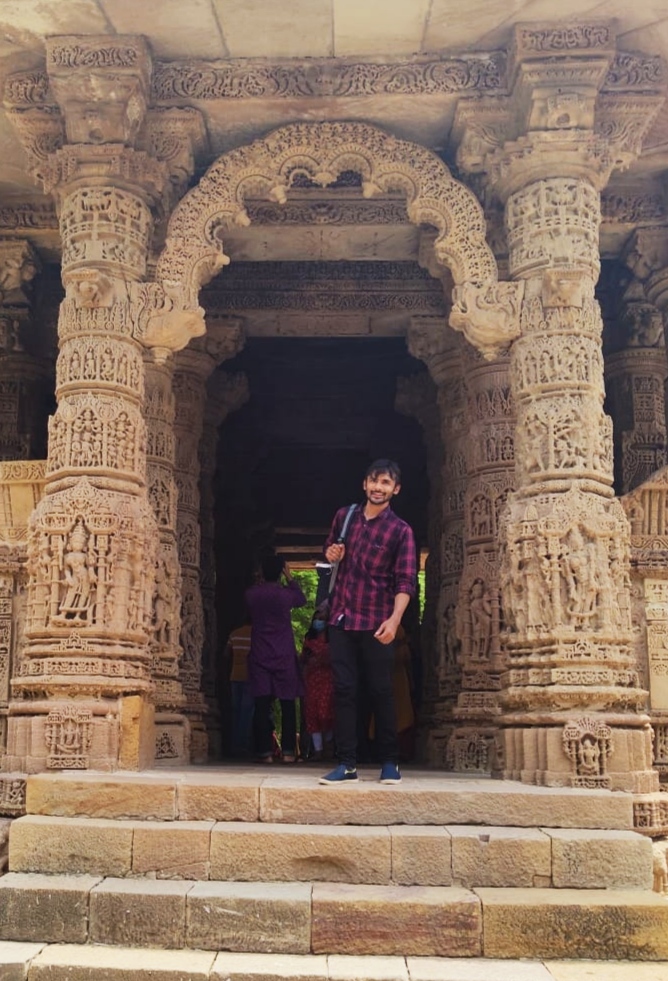
Visiting the Sun Temple in Gujarat is an unforgettable experience. As you explore the temple complex, you will be awestruck by the architectural splendor and the serenity of the surroundings. The play of light and shadow on the intricate carvings adds an ethereal touch to the overall ambiance.
Additionally, the annual Modhera Dance Festival is a must-attend




